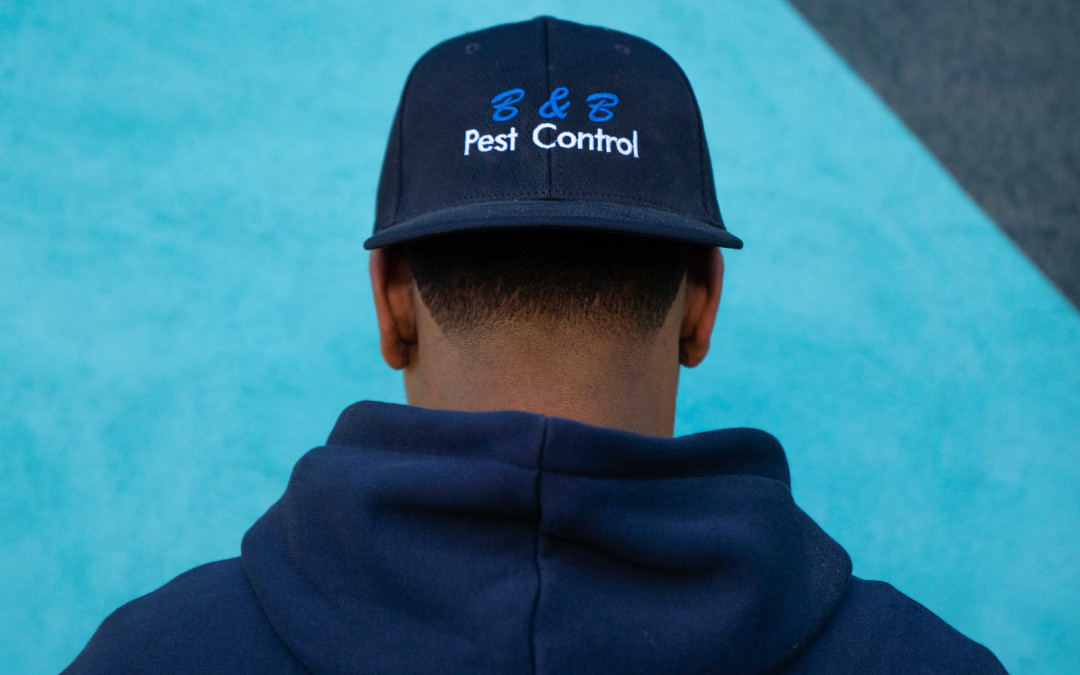Clothes moths are household insect pests that inflict damage to clothes, handbags and various other materials made from animal fibers. The most common items that sustain damage from these moths are fur coats, leather jackets, and other animal materials, such as wool, feathers, felt and silk. If you have ever opened your closet only to find tattered holes on your garments, then there is a good chance that clothes moths were responsible for causing the damage. In addition to being a potentially costly insect pest within homes, the pests are also common in museums where they sometimes inflict damage to historically significant objects and taxidermied animals. Similar to a termite’s habit of eating wood in order to ingest nutritious cellulose, clothes moths eat away at animal-based materials in order to ingest nourishing keratin, which is a fibrous structural protein found in hair, feathers, hoofs, claws, horns and many other bodily features. Unfortunately, Boston is home to an abundance of clothes moth species, as the city was recently ranked as the second most clothes moth-infested city in the United States.
Researchers have found that clothes moth populations are on the rise in many metropolitan areas of the US, particularly Boston and other cities located along the eastern seaboard. Unlike most insect pest species, clothes moths do not travel into homes from their natural habitat; instead, much like bed bugs, the moths spread into homes and buildings by hitching rides on or inside of people’s belongings. In fact, clothes moths can even spread from person to person, and the insects are beginning to behave more like cockroach pests than caterpillar pests, as the moths are rapidly adapting to living alongside humans within urban and suburban environments. This trend is well supported by recent studies that show clothes moth populations as decreasing in rural areas while increasing in urban areas. Once these moths become a fixture within human-inhabited environments, infestations could become epidemic, as the insects can easily move from home to home within residential areas, similar to how German cockroaches spread. Unfortunately, these epidemic infestations may be just beginning within Boston.
Have you ever noticed inexplicable holes within the clothes you store in your closet?

